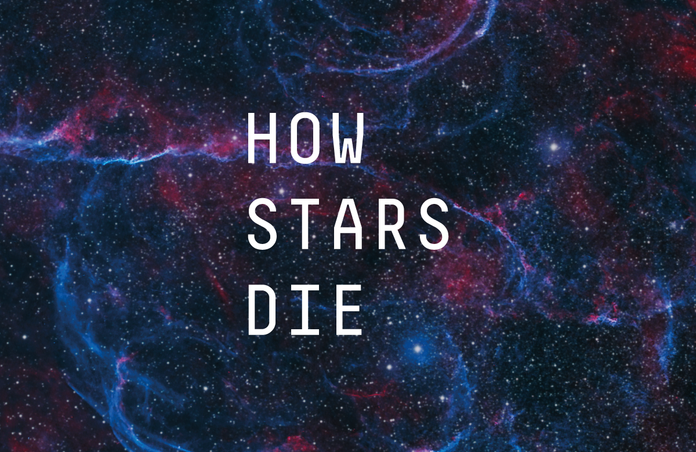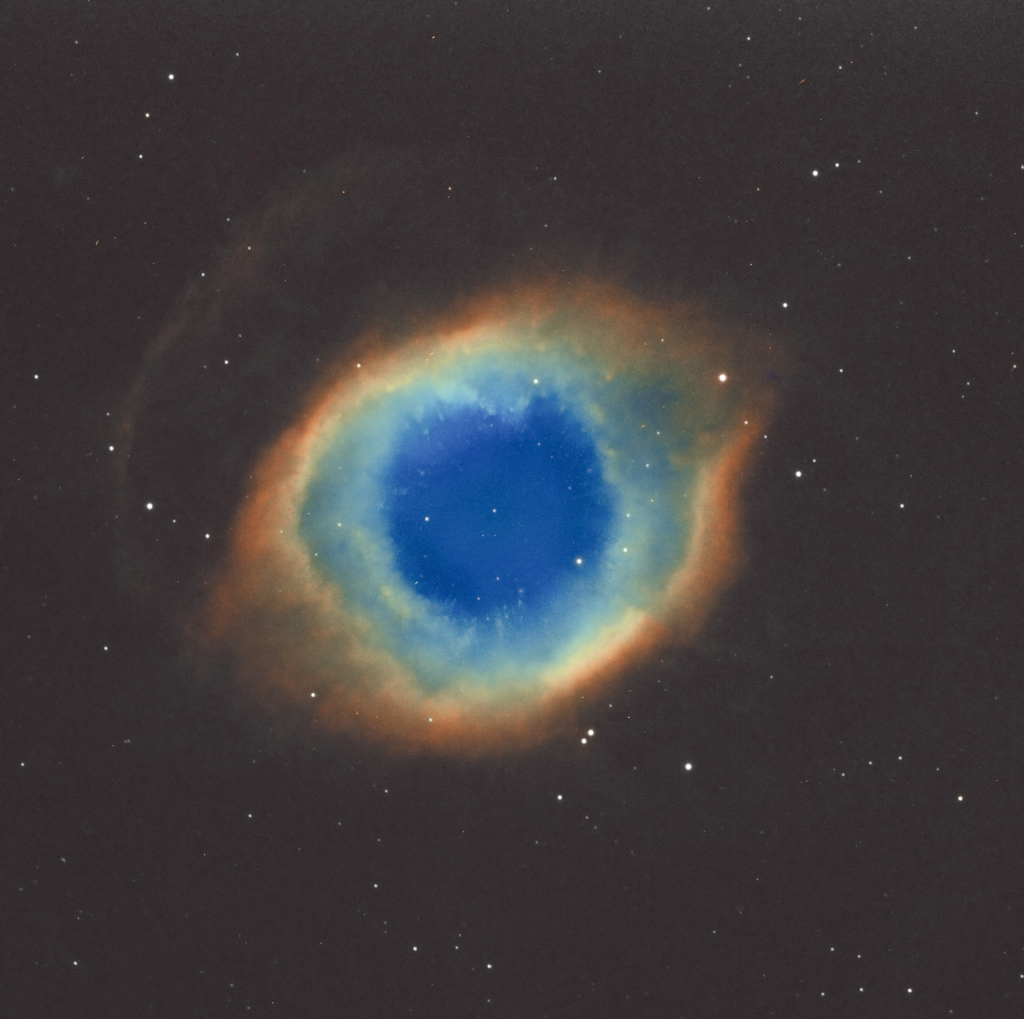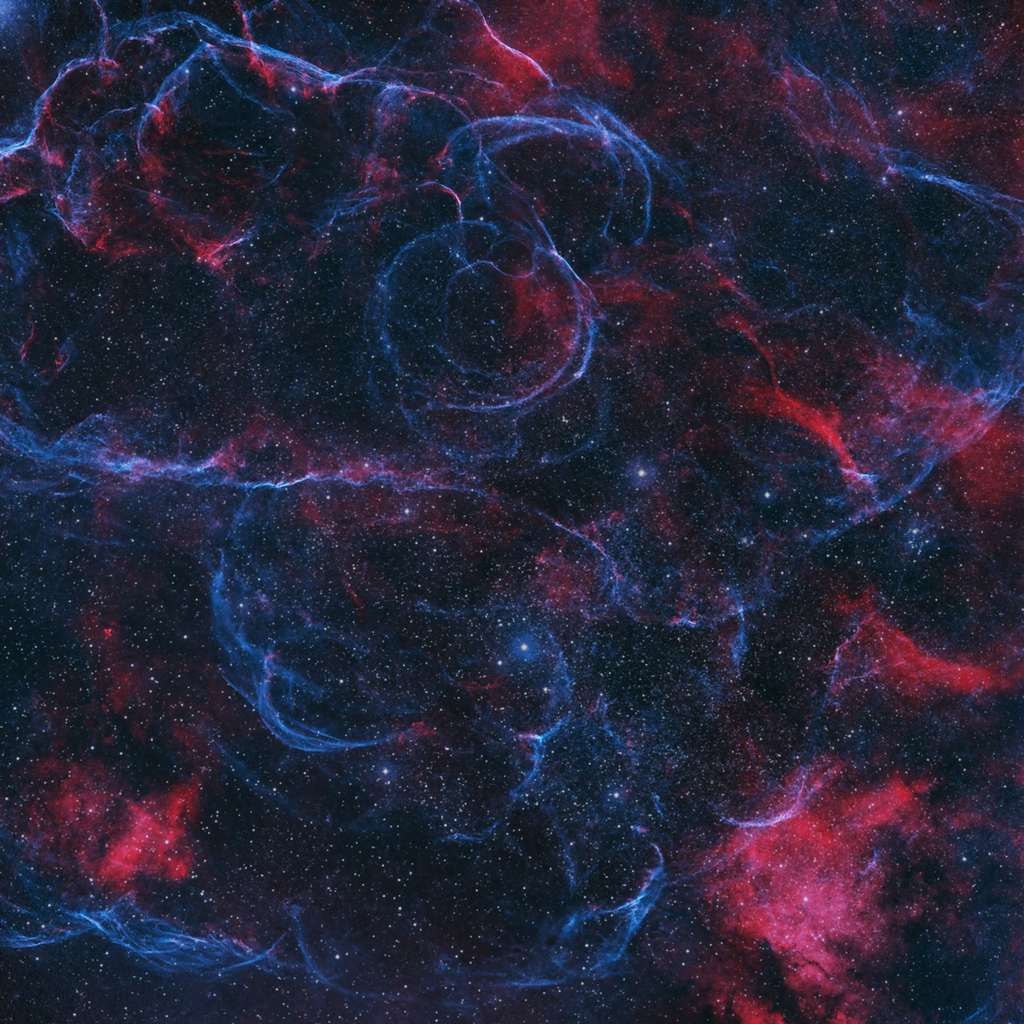How a Star Dies

Black hole, supernova, neutron star, planetary nebula and white dwarf might all be terms you are familiar with, but in this article, I’ll help you organize your understanding about these objects!
In “What is a Star”, you were introduced to the idea of hydrostatic equilibrium and of Hydrogen burning. At the end, it was briefly mentioned that advanced stages of burning can occur, with Helium burning, Carbon burning, etc. all the way up to the Iron group (specifically Iron and Nickel). These elements are the heaviest that can be produced by these nuclear fusion reactions due to a property called the binding energy: forming atoms by fusion releases energy up to the Iron group, which has the highest binding energy, while to produce elements beyond that group requires more energy than it releases. Even for the heaviest stars fusion beyond the Iron group is unsustainable.
Now when the star reaches a stage where the core doesn’t heat up enough for the next element’s burning to occur, it will “collapse”. More precisely, there is no energy from fusion reactions to balance the star’s gravity. For stars up to about 8 solar masses, a phenomenon known as stellar wind causes the ejection of particles from the star’s atmosphere. We can observe these as planetary nebula when the remaining white dwarf at the centre of this object is still hot enough to ionize this gas. Note that the term planetary nebula is slightly misleading, as it isn’t a planet formation region.


For more massive stars, the process is more explosive, explaining why the shape of supernova remnants are more arbitrary. The Chandrasekhar limit is the highest mass a white dwarf star can have, so stars with mass higher than that will continue to collapse faster and faster. This will release an enormous amount of gravitational potential energy, ejecting outer layers of material. There are different types of supernovae, but the most fascinating one is probably the Type Ia, as they can be used as so-called “standard candles” to estimate distances to other galaxies. Meanwhile, the central object in the supernova, also named progenitor, becomes increasingly dense, which leads to either a neutron star or a black hole. A neutron star is supported by neutron degeneracy pressure, while a black hole’s density overcomes even that.

The first image of a black hole, Event Horizon Telescope Array The best way to detect these objects is using gravitational waves, but if you follow Astronomy news, last year you would have gotten as excited as me when the first image of a black hole was released. Unfortunately, this image was created thanks to multiple Earth-based and space telescopes, so you won’t be able to recreate it with the telescopes from Telescope Live. BUT on the bright side, supernova remnants and planetary nebula are beautiful, colourful targets, so to get started on your first observation, just click here !
Images credits:
The Helix Nebula (Planetary Nebula), Dörte Krüger, 10/11/2020 CHI-1 Telescope
Vela Supernova Remnant, Mohamad Yassine, 26/11/2020 AUS-2 Telescope
The first image of a black hole, Event Horizon Telescope Array
